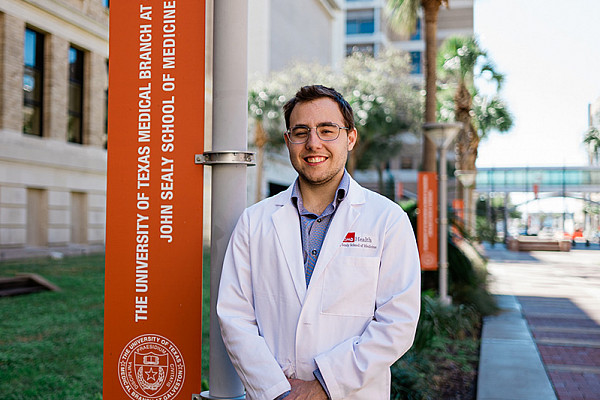ABSTRACTS AND PRESENTATIONS
*Denotes collaborative research with undergraduate:
Cuevas M and Todd M. 2017. Overexpression of claudin-3 tight junction protein in endometrial cancer cell lines and tumor tissues derived from African American women. The 10th American Association of Cancer Research Conference on the Science of Cancer Health Disparities in Racial/Ethnic Minorities and the Medically Underserved; Atlanta GA September 25-28. Abstract published in the AACR Meeting Proceedings, nr B67.
Cuevas M, Gallo M*, Rice K*, Vickers T*, King J, Sheller R and Todd M. 2015. Hormonal Effect on Occludin Expression in the Endometiral Adenocarcinoma HEC-1A and HEC-1B cell lines. The Endocrine Society Annual Meeting, San Diego, CA March 5-8. Abstract was published in the April issue of Endocrine Reviews.
Petty HM*, King JM, Cuevas ME, Sheller RA and Todd MC. 2013. Effect of claudin-3 protein expression on its sub-cellular localization and cellular motility in breast cancer cell lines. San Antonio Breast Cancer Symposium.
Sheller RA, Bierwirth NA*, DeLong RL*, Cuevas ME and Todd MC. 2013. Subcellular distribution of claudin-3 in MCF-7 breast cancer cells. American Society for Cell Biology, ASCB 53rd Annual Meeting, New Orleans, LA.
Cuevas ME, Sheller RA, Holland A*, Piana B* and Todd MC. April 2011. Expression and sub-cellular localization of claudin-4 in MCF-7 breast and HEC-1A endometrial cancer cell lines. Amercian Association for Cancer Resarch, Orlando, FL.
Sheller RA, Cuevas ME and Todd MC. 2009. Overexpression of claudin-3 in a breast cancer cell line. American Society of Cell Biology. ASCB 49th Annual Conference, San Diego, CA. Poster Published online: http://posters.f1000.com/PosterList?&posterID=31
Todd MC, Cuevas ME, Piana B* and Sheller RA. April 2009. Overexpression of claudin-3 tight junction protein in MCF-7 and MDA-MB-415 breast cancer cell lines. American Association for Cancer Research, Denver, CO.
*Seilheimer KC, Guziec FS and Cuevas ME. 2007. Cytotoxicity of anthrapyrazoles (AP-10 and AP-11) on human prostate cancer (DU-145) and testicular cancer (NETRA-2) in culture. Texas Academy of Science: Baylor University, Waco, TX
*Seilheimer KC, *Boet C, Guziec FS and Cuevas ME. 2007. Cytotoxicity of anthrapyrazoles in various reproductive cancer cell lines. AAAS National Meeting, San Francisco, CA
*Navaira E and Cuevas ME. 2007. In vitro effects of 4-OH tamoxifen and 17b-estradiol on the human cervical cell line HeLa. Texas Academy of Science: Baylor University, Waco, TX
*Einem T, *Boet C, Cuevas ME and Foote-Zewail M. 2006. Effects of 4-OH tamoxifen on HEC 1B endometrial cancer cells. AAAS National Meeting, St. Louis, MO.
*Boet C and Cuevas ME. 2006. Effect of anthrapyrazoles 10 and 11 on human endometrial and mammary adenocarcinoma cells in culture.Texas Academy of Science: Lamar University, Beaumont, TX.
















